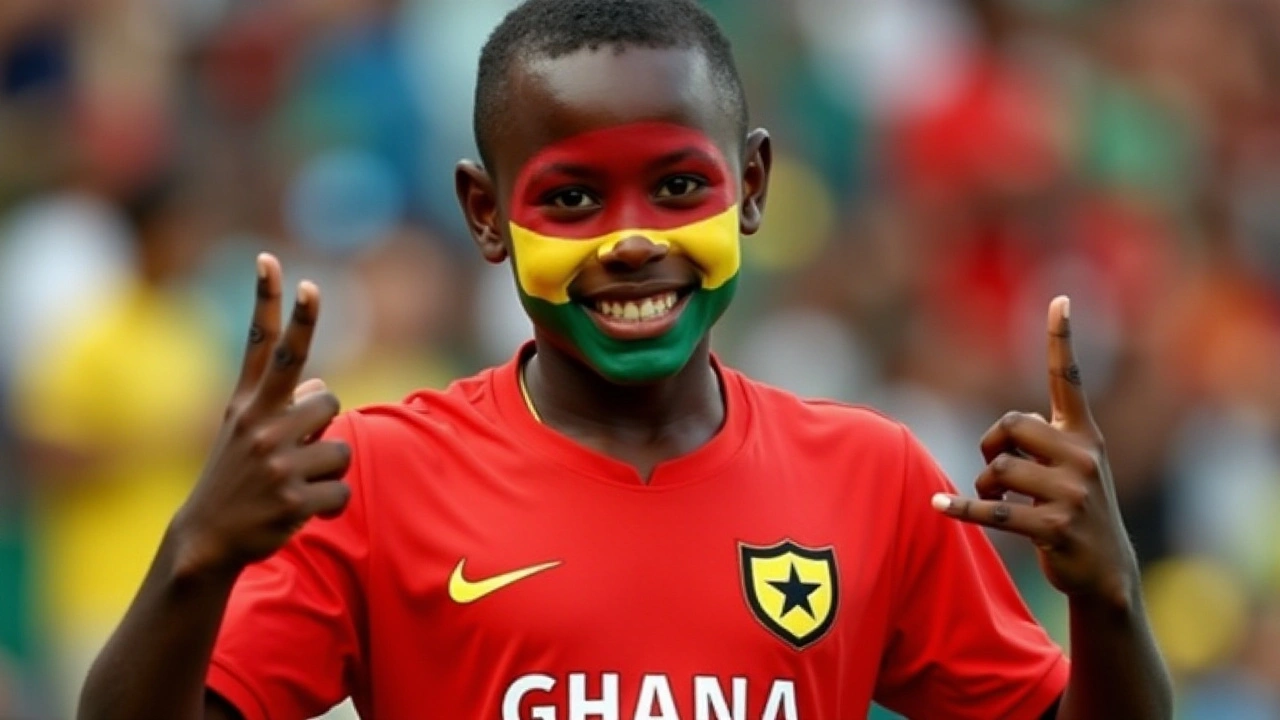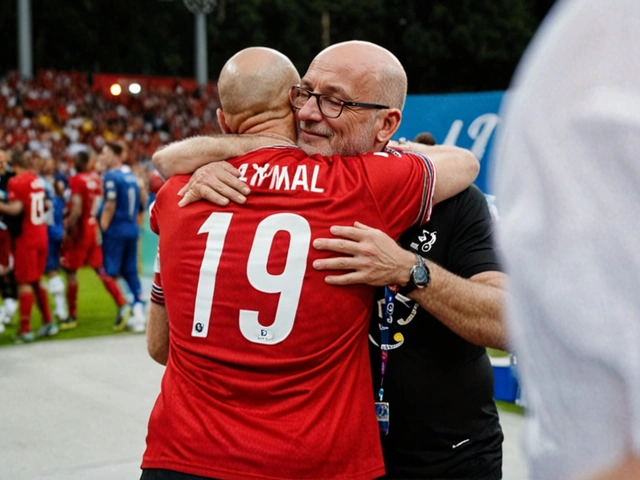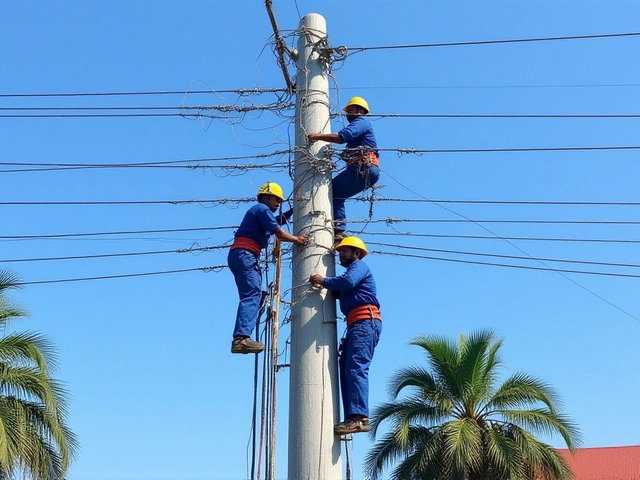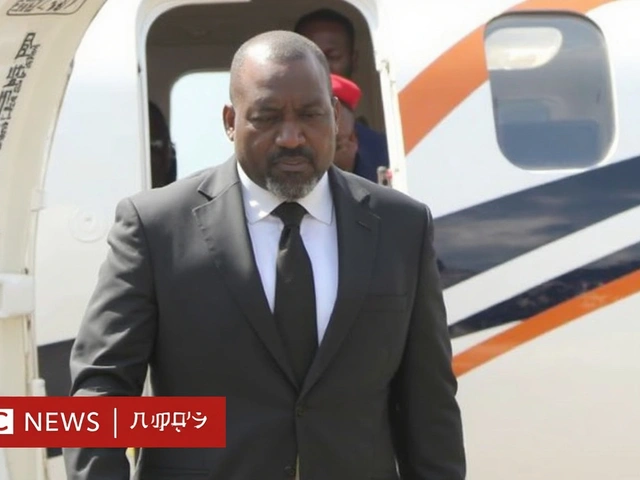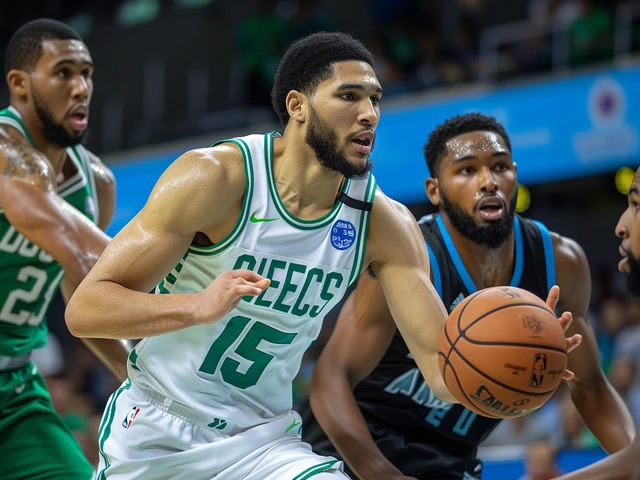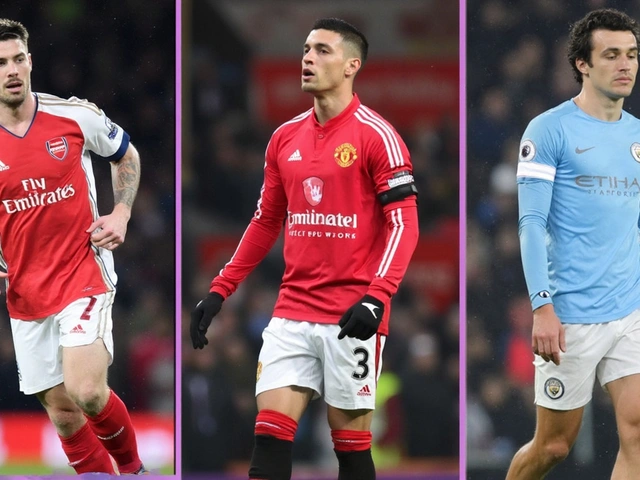Transfer window: how it works and what to watch
Want the latest on the transfer window without the noise? You’re in the right place. The transfer window is when clubs buy, sell or loan players. It’s also when rumours spike and deadlines create drama. Knowing how the market moves helps you spot real deals from clickbait.
How the transfer window actually works
Different leagues have different dates. Most European clubs use a summer window (usually July–August) and a winter window in January. African leagues and some smaller competitions set other dates, so a player can move between windows depending on the country. Transfers can be permanent, loans with or without an option to buy, or short-term emergency deals for injuries.
Money talks but clauses matter. Release clauses, buy-back options and sell-on percentages change a transfer’s true value. Clubs also juggle wages, agent fees and registration rules. That’s why a “done deal” sometimes stalls at the last minute.
Where to get real updates — and how to avoid fake ones
Follow official club accounts and league sites first. Trusted reporters like Fabrizio Romano, club press officers, and reputable local outlets give reliable info. Use transfer databases like Transfermarkt for history and contract dates, but don’t treat estimated fees as gospel. If you see a big story only on social pages or anonymous Twitter threads, wait for confirmation from a second, reliable source.
Want an example? Some stories on our site look at transfer value vs performance, like our piece on Premier League deals costing more than Antony. Other articles track coaching moves that shape the market — such as Las Palmas targeting Luis Carrion while García Pimienta moves on. Those stories show how tactical needs and budgets drive signings, not just names.
Deadline day has its own rules. Deals must be submitted before the window closes in the relevant federation. International clearance and medicals usually follow, but a failed medical can kill a signing. If a club announces a player on the last day, expect paperwork updates for 24–48 hours.
For African football fans: time zones and broadcast rights matter. Transfers involving African players often get announced locally first. Keep an eye on national federation registration lists to confirm moves. Also watch for loan deals that give young players game time in smaller leagues before a big move.
Looking for expert tips? 1) Bookmark a short list of trusted reporters and clubs. 2) Use alerts for key players and clubs, not vague rumours. 3) Check contract lengths and buyout clauses before getting excited. 4) Remember that some high-fee transfers are smart business, others are risky reputational bets.
The transfer window is chaotic, entertaining and a vital part of football. If you want quick updates, follow Continental Scout Daily for verified African and global transfer news, plus context on how each move affects teams and competitions. Need a heads-up on a specific player or club? Search the tag or drop a comment — we’ll track it.
Arsenal's 2024 summer transfer window witnessed a whirlwind of changes that reshaped the team's roster in a significant way. With departures and arrivals altering the dynamics, Arsenal is bracing for a new season without sending any players to the upcoming World Cup. This development has sparked discussions about the potential impacts on team performance and future prospects, adding more intrigue to the Gunners' strategy going forward.

